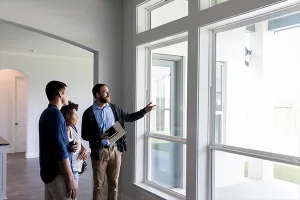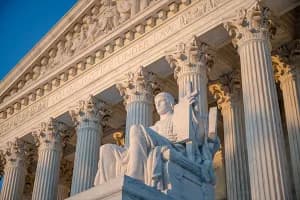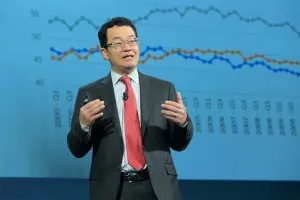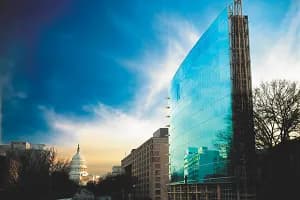At least in regards to prime commercial real estate properties, prices have been making a very nice recovery. Commercial real estate prices in September were up 6.2 percent from one year ago, and are now very close to the peak prices achieved in 2007. The higher prices are driven partly by very low interest rates, which are forcing investors to seek out rent-income producing assets rather than keep cash in the bank. Furthermore, some investors are borrowing cheaply (say a 3% rate) and then buying properties that generate a much higher yield.

The apartment sector has been performing better among different property types. Overly stringent mortgage underwriting standards to buy a home have forced more families to stay renters for a longer period of time. Also, job additions of about 4.5 million in the past three years are loosening up household formation as more young adults are moving out of their parents’ homes. The number of rental households as a result has been solidly rising and will continue to rise for at least a few more years.


Though overall good news, one big caveat on the Green Street Advisors data is that the measurements are based on contracts (and not closings), and the data is collected primarily on prime class-A properties in major metro markets like New York City and Washington, D.C. The price trends on smaller-sized commercial real estate properties and in smaller towns are less clear cut. Many of the REALTORS® who specialize in commercial real estate have noted a very difficult financing environment from local community banks, their traditional source of funds. This lack of financing, in turn, has not led to robust recovery in the prices of many smaller-sized commercial properties. Onerous new regulatory compliance costs arising out of Dodd-Frank and the impending Basel III rules are said to wreak havoc to local community banks with very little lending going into commercial real estate.








